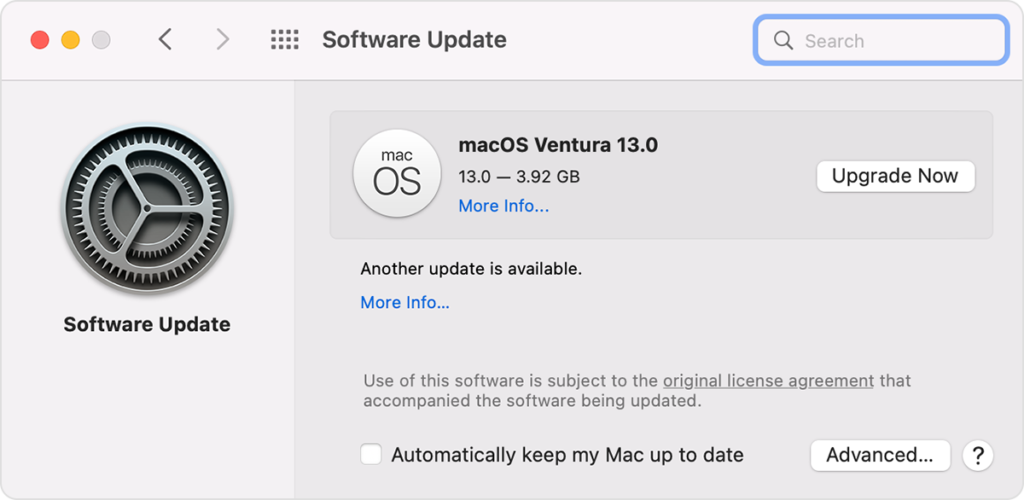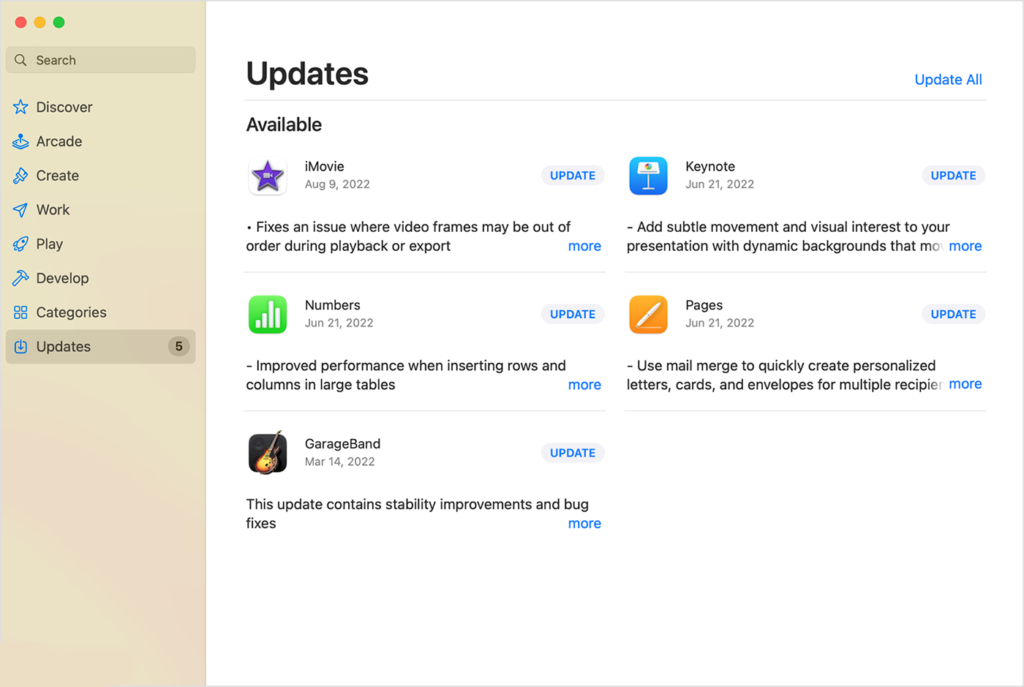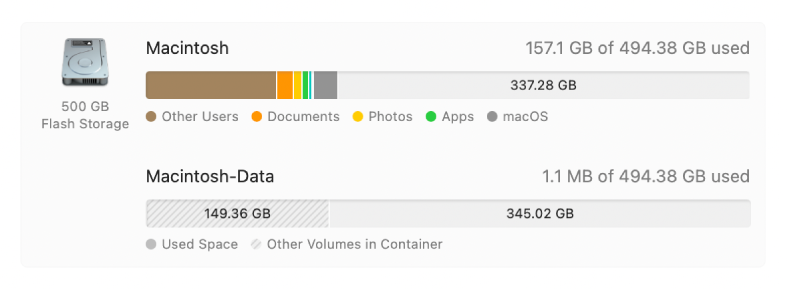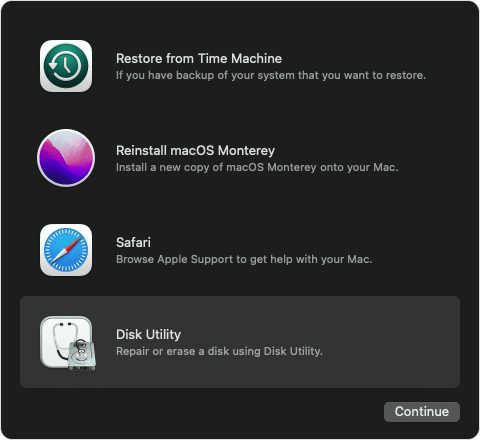Want to know how you can fix Kernel Panic on Mac?
While it might sound scary, Kernel Panic on Mac is simply an occurrence when your macOS machine keeps restarting randomly.
When this issue occurs, your Mac’s display goes black, giving you random warning messages like “You need to restart your computer.” This error message should help you distinguish Kernel Panic from a random Mac restart and app crash.
To put things into perspective, Kernel Panic is simply the ‘Blue Screen of Death’ on Mac computers.
If you’re running into this error, we’ve got you covered. In this guide, we will show you what to do if you run into a Kernel Panic error on Mac.
Let’s get right into it!
1. Update Your Software.
Before anything else, we suggest updating your software if you encounter Kernel Panic errors on your Mac. The version of macOS you’re using might have an underlying issue that causes the problem.
Here’s what you need to do:
- On your Mac, click on the Apple logo to access the Apple Menu.
- Now, click on System Preferences.
- After that, open the Software Update tab.
- Finally, click on Update Now and follow the prompts.

Once done, try using your Mac normally and see if you’ll still run into a Kernel Panic error.
2. Update Applications.
If you run into the Kernel Panic error while using a certain application, it is likely that it’s the reason for the random restart. To rule this out, we suggest updating your applications to the latest version possible to patch bugs and errors.
See the steps below to update your apps:
- Start by launching the App Store on your Mac.
- After that, click on the Updates tab on the side menu.
- Finally, look for apps with available updates and install them.

Restart your Mac after updating your apps and see if the problem goes away.
3. Check Your Storage.
Kernel Panic errors on Mac can occur when your system runs out of storage to use. Due to this, we suggest checking your Mac’s storage and ensuring that you have 10 GB to 20 GB free to avoid problems.
Here’s how you can check your Mac’s storage:
- Click on the Apple logo in the upper left corner of your display.
- After that, click on About This Mac.
- Go to the Storage tab and click on Manage.
- Identify the files, apps, and media you don’t need and remove them.

Once done, use your Mac as you normally would and observe if you run into the Kernel Panic error again.
4. Use Disk Utility.
Kernel Panic errors can occur due to corrupted files or issues with your storage devices. Luckily, Apple put a built-in tool on macOS that you can use to repair corrupted data and issues with your Mac’s storage.
See the steps below to use Disk Utility:
- First, click on the Apple Menu and choose Restart.
- While your Mac is restarting, hold down Command + R.
- Now, go to Disk Utility > First Aid and follow the on-screen commands.

If you see an ‘Operation successful’ prompt, restart your Mac normally and see if the problem is solved. Now, if the operation fails, we recommend backing up your data and considering reformatting your drive.
5. Turn Off Startup Items.
If the Kernel Panic error occurs after booting up your system, it might have something to do with your startup items. In this case, we suggest turning off your startup items to identify which one causes the problem.
Here’s what you need to do:
- On your computer, go to System Preferences > User & Groups.
- Now, choose your username in the menu.
- Switch to the Login Items tab and disable all your startup items.
- Restart your Mac afterward.
Now, go back to the Login Items tab and enable one of your applications. Restart your Mac again and see if the Kernel Panic error occurs. If the issue occurred, the last login item you’ve enabled causes the problem.
You might want to disable the item for good or reinstall the app on your Mac.
6. Disconnect External Devices.
As with Windows computers, not all external devices are compatible with Macs. If you see a Kernel Panic error after installing external hardware, it’s possible that it’s not compatible with your Mac.
To verify this, disconnect any device you’ve installed recently and try using your Mac. Reconnect your devices one by one and see when the issue occurs again. The last device you’ve connected should be the problematic one.
7. Visit Apple Store.
If none of the solutions above worked, it’s best that you let the professionals handle the situation.
We recommend bringing your Mac to the nearest Apple Store and having a professional look at it. Your Mac might have bad hardware that needs to be replaced, or its operating system and firmware got corrupted.

That ends our guide on how to fix the Kernel Panic error on Mac. If you have questions or other concerns, please drop a comment below, and we’ll do our best to answer them.
If this guide helped you, please share it. 🙂





